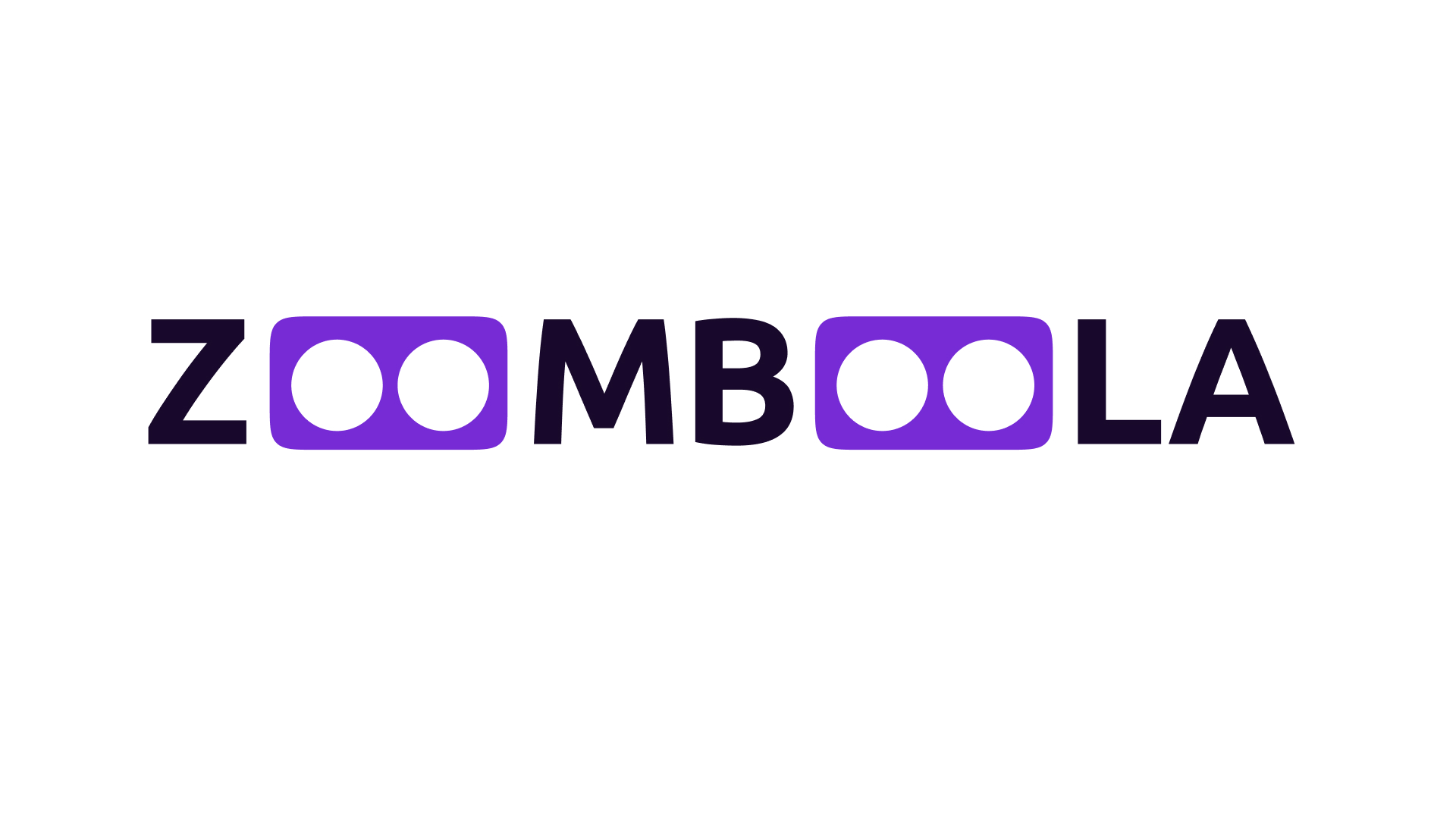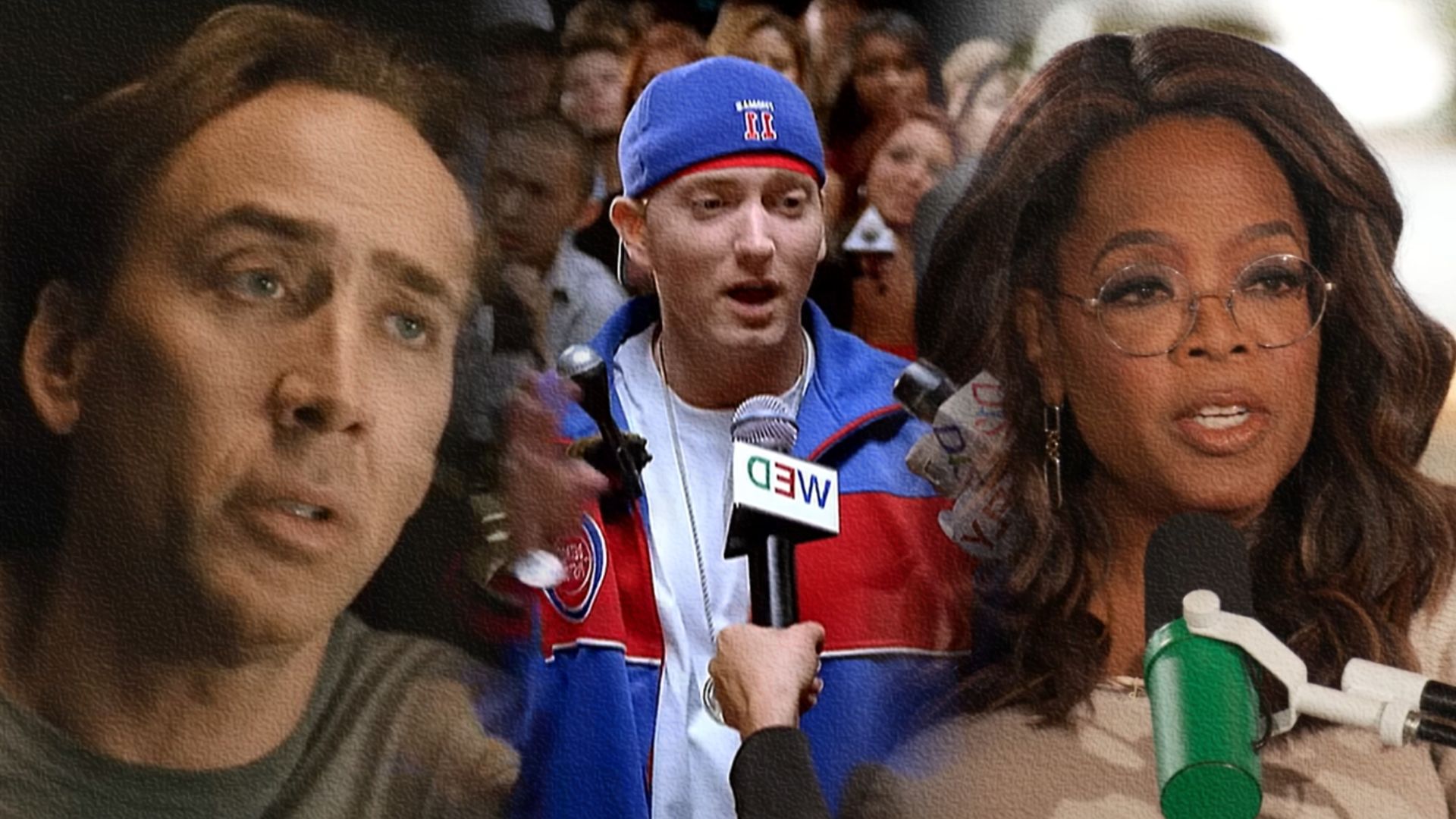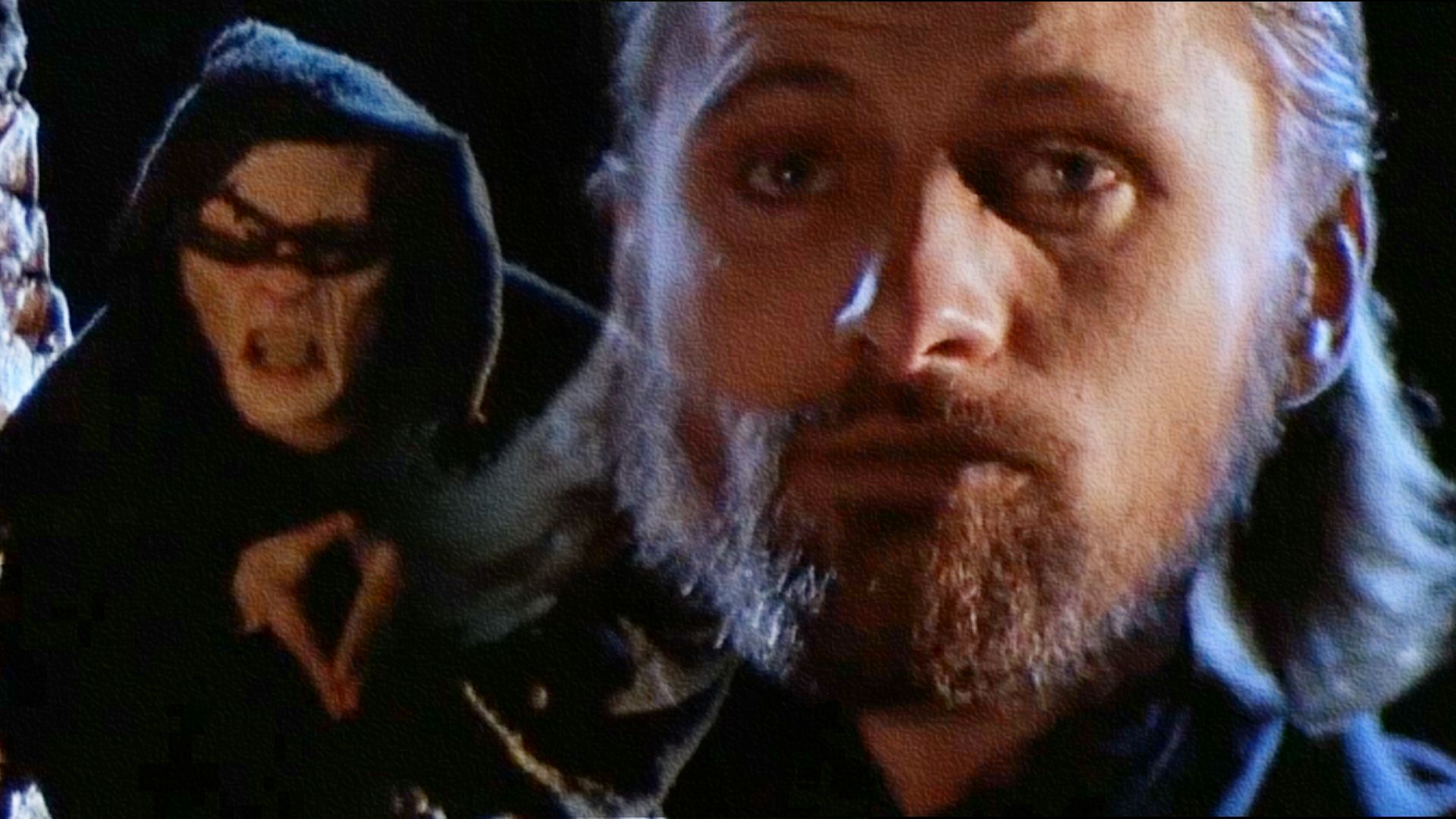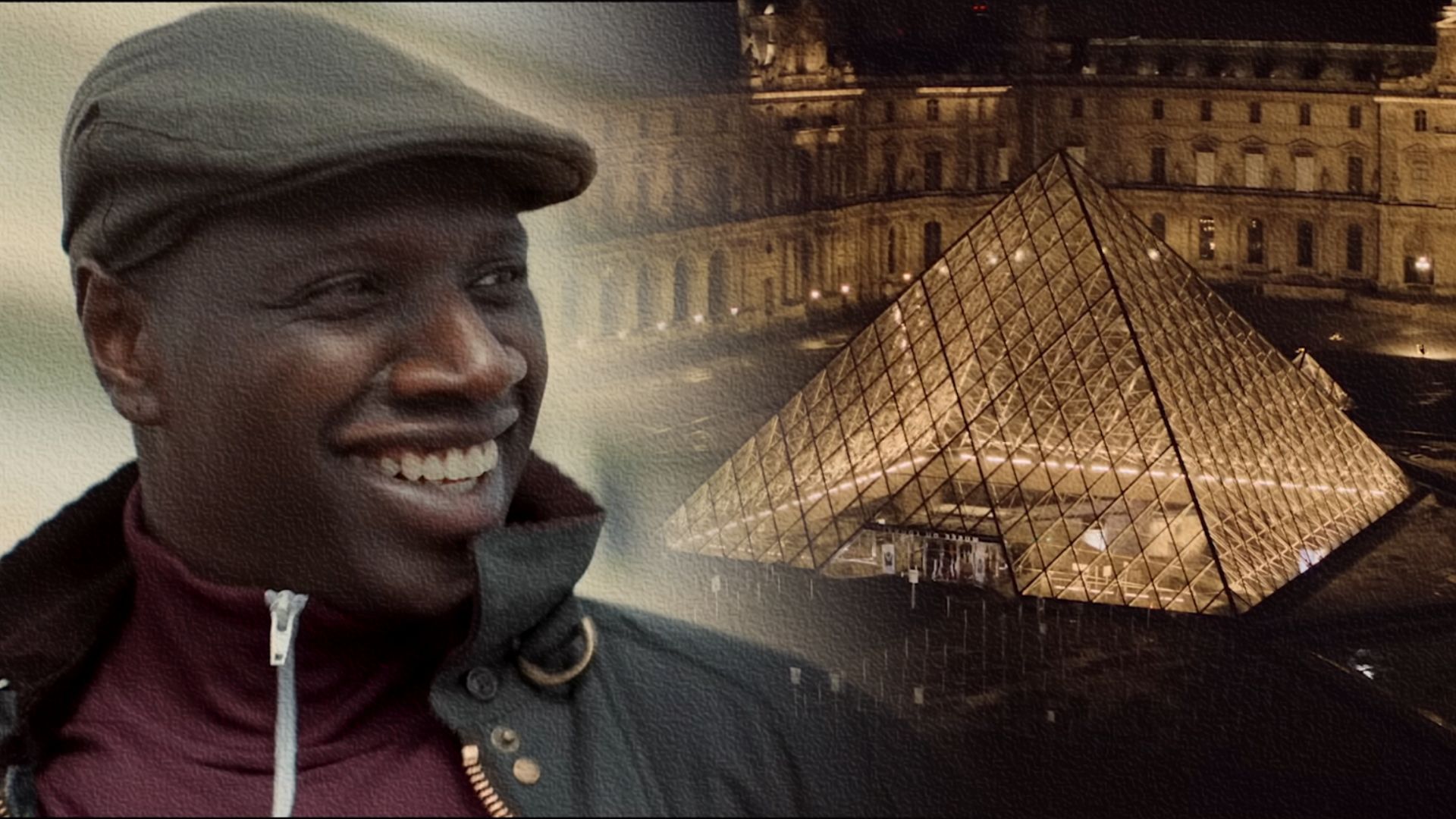Psycho (1960) — 30 Days to Create a Masterpiece
Alfred Hitchcock filmed "Psycho" in just a month, with a budget that seemed more like a pittance to Hollywood than serious funding. But does a professional need expensive sets and special effects? The director focused on innovative editing and an atmosphere of tension that never lets up for a second.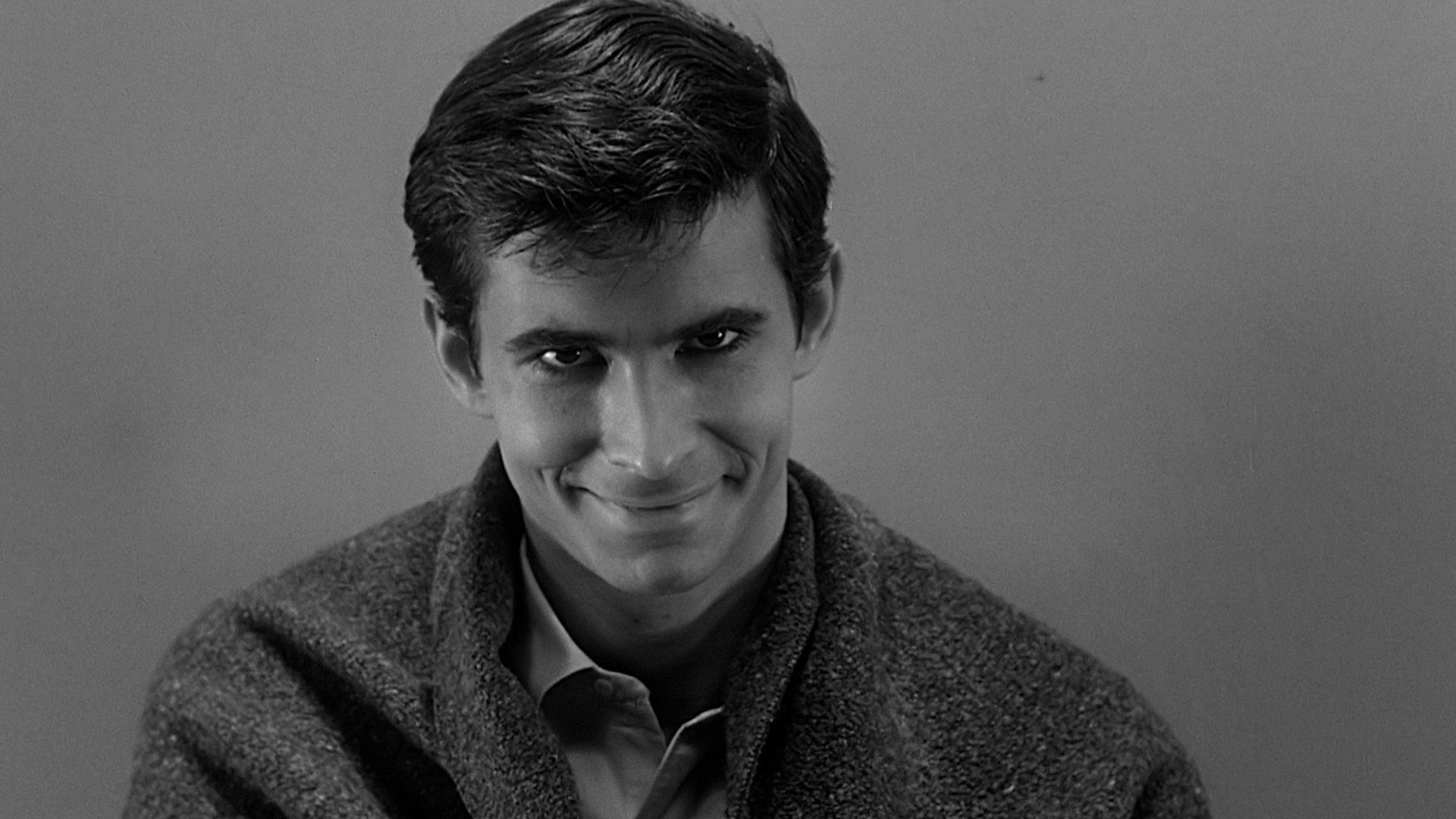
Source:
imdb.com
The director introduced unprecedented measures of secrecy: he prohibited audiences from entering the theater after the screening had started, did not allow revealing the ending, and even required the actors to refrain from interviews. This approach enhanced the element of surprise: audiences left the theaters in complete shock, and critics noted the "visual shocks" and "unexpectedly dark finale."
Rocky (1976) — 28 Days in the Ring
Just 28 days for filming—and who would have thought it would grow into a legend? At the start, no one took "Rocky" seriously. Moreover, the lead role was played by the then-unknown Sylvester Stallone, who also wrote the screenplay about a failing boxer.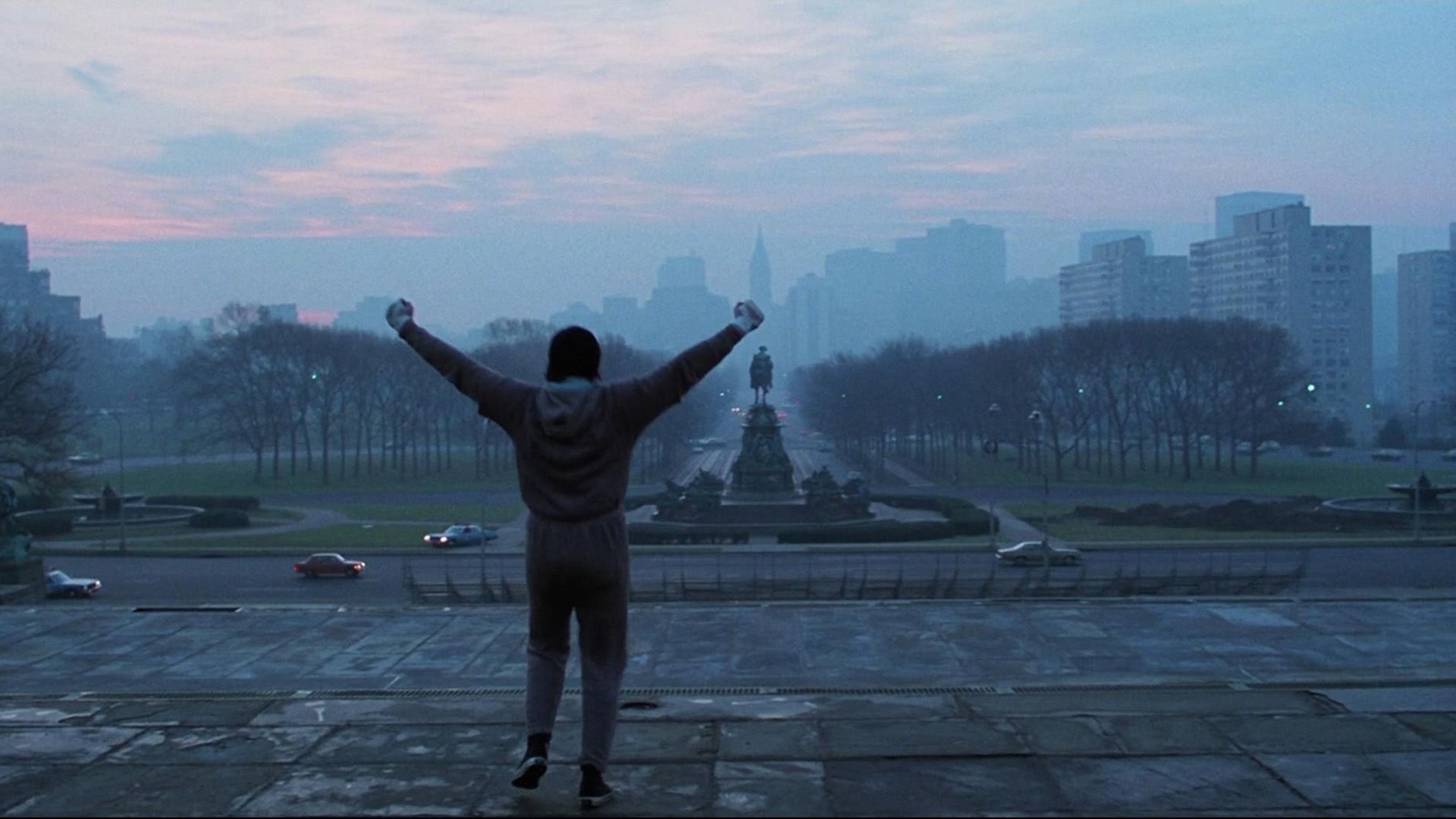
Source:
imdb.com
Before Sunrise (1995) — 25 Days to Craft Magical Dialogues
How to make one of the most romantic films of all time in less than a month? Richard Linklater managed it."Before Sunrise" is an intimate movie about a pair of young people who meet on a train and spend a night together in Vienna. There are no special effects, expensive sets, or crowd scenes—just dialogues, emotions, and incredible chemistry between Ethan Hawke and Julie Delpy. Yet, this simplicity turned "Before Sunrise" into one of the best examples of films about chance encounters.
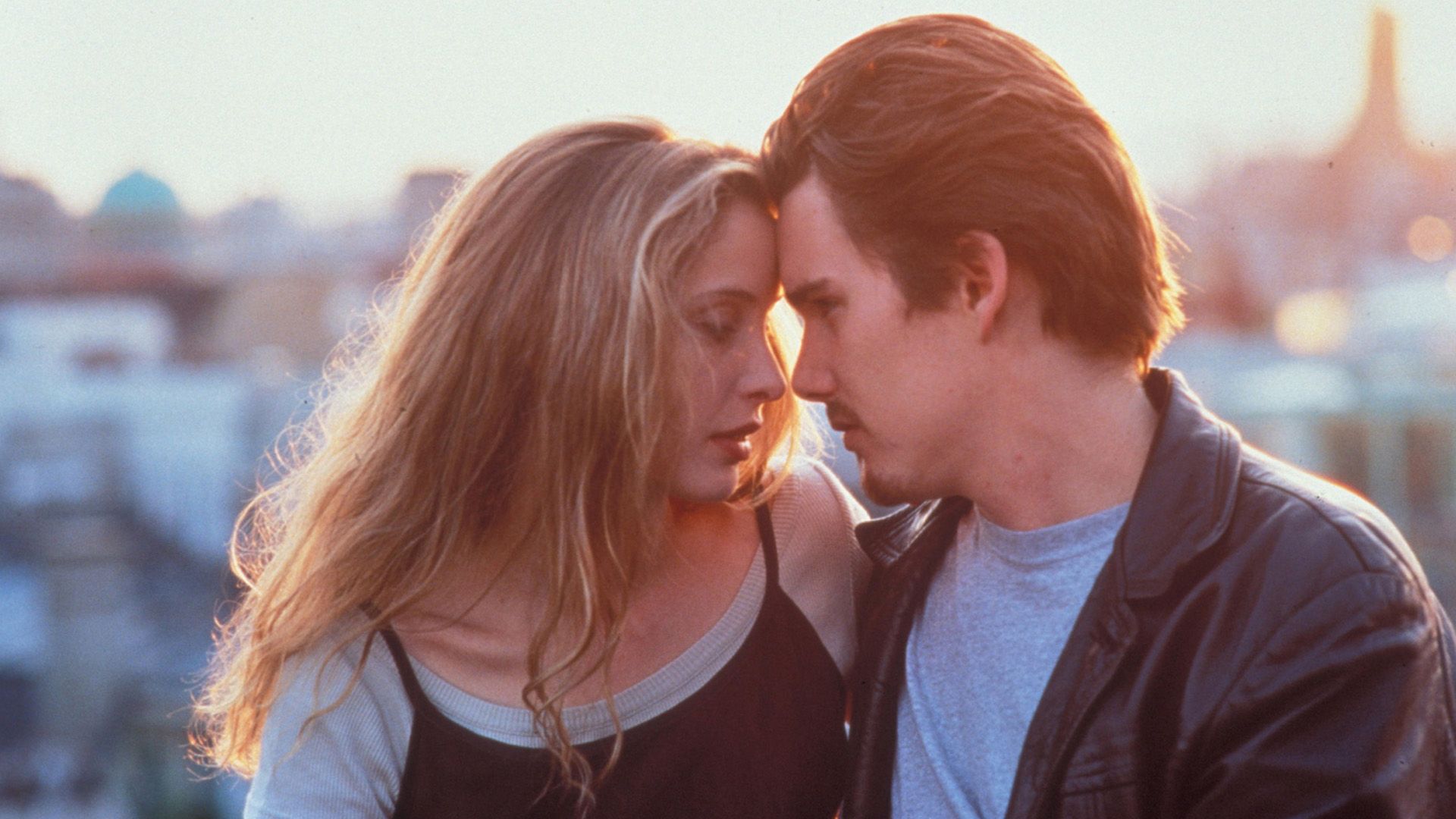
Source:
imdb.com
Locke (2013) — 8 Nights Behind the Wheel
This thriller with Tom Hardy breaks the usual boundaries of cinema: the action is centered on a single car, and the entire story unfolds through phone conversations. The camera is literally glued to the interior, and with each new call, the sense of impending drama only intensifies, keeping the viewer glued to the hero's fate.We are used to thinking that filming a movie takes months or even years. But "Locke" shattered all stereotypes: production was completed in just eight days! The film crew raced along the night highway from Birmingham to London, managing to work on two full versions of the film in one shift. The final edit was so realistic that the viewer felt as if they were behind the wheel themselves.
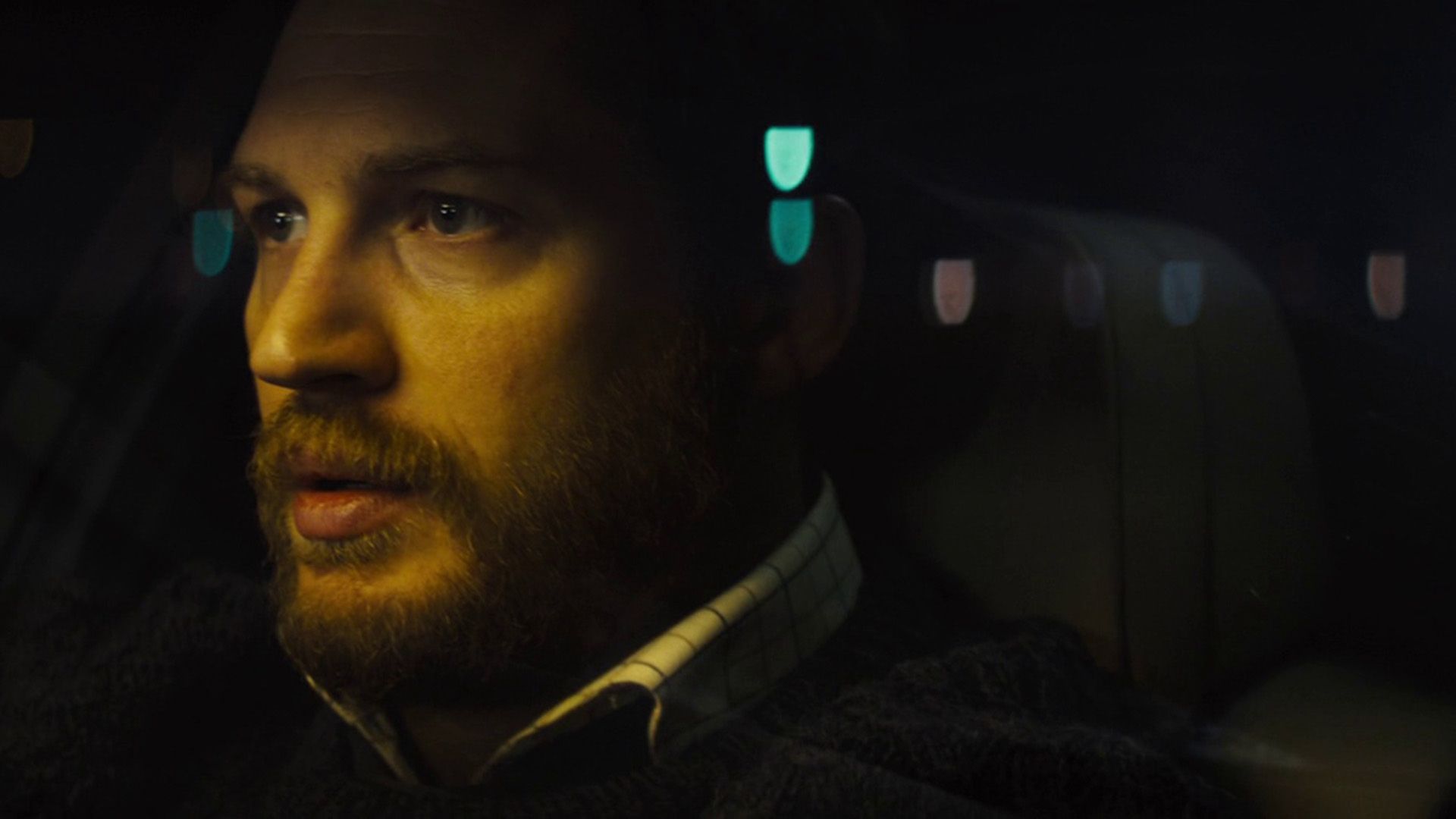
Source:
imdb.com
Moonlight (2016) — 25 Days and an Oscar to Boot
Just 25 days of shooting and a complete absence of star names in the cast — it seemed that "Moonlight" was doomed to remain in the shadow of major Hollywood releases. But director Barry Jenkins proved otherwise.His intimate, profound coming-of-age story of a black boy in a troubled Miami neighborhood earned over 65 million dollars at the box office. Jenkins' film confirmed that independent cinema can be successful, inspiring studios to pursue projects like "Minari" (2020) and "The Farewell" (2019).

Source:
imdb.com
Once you know what your task is, you instantly get into the work. For me, the time factor didn't really matter, actor André Holland shares.
Then came the moment that made "Moonlight" legendary. The film received the Oscar for Best Picture, but the statuette was initially mistakenly awarded to "La La Land." Although the mistake was unrelated to the film itself, it drew even more attention to it.
Saw (2004) — 18 Days to Launch a Media Franchise
Is it possible to create a truly cult film in just two and a half weeks? It turns out, yes — that's exactly how long it took to shoot "Saw." However, director James Wan later admitted that the tight schedule didn't allow him to realize all his ideas. "I had never made a film before. I didn't know that 18 days weren't enough to achieve what I envisioned," Wan shared in an interview with The Hollywood Reporter.Yet even in this version, "Saw" literally blew up the horror genre, changing perceptions of it once and for all. The film doesn't try to shock viewers with rivers of blood but impresses with its minimalistic aesthetics and ruthless atmosphere.
Yes, critics "slashed" the film (50% on Rotten Tomatoes), but audiences rated it higher — 7.6 out of 10, and the final box office exceeded 103 million dollars. This proves that sometimes less is more.
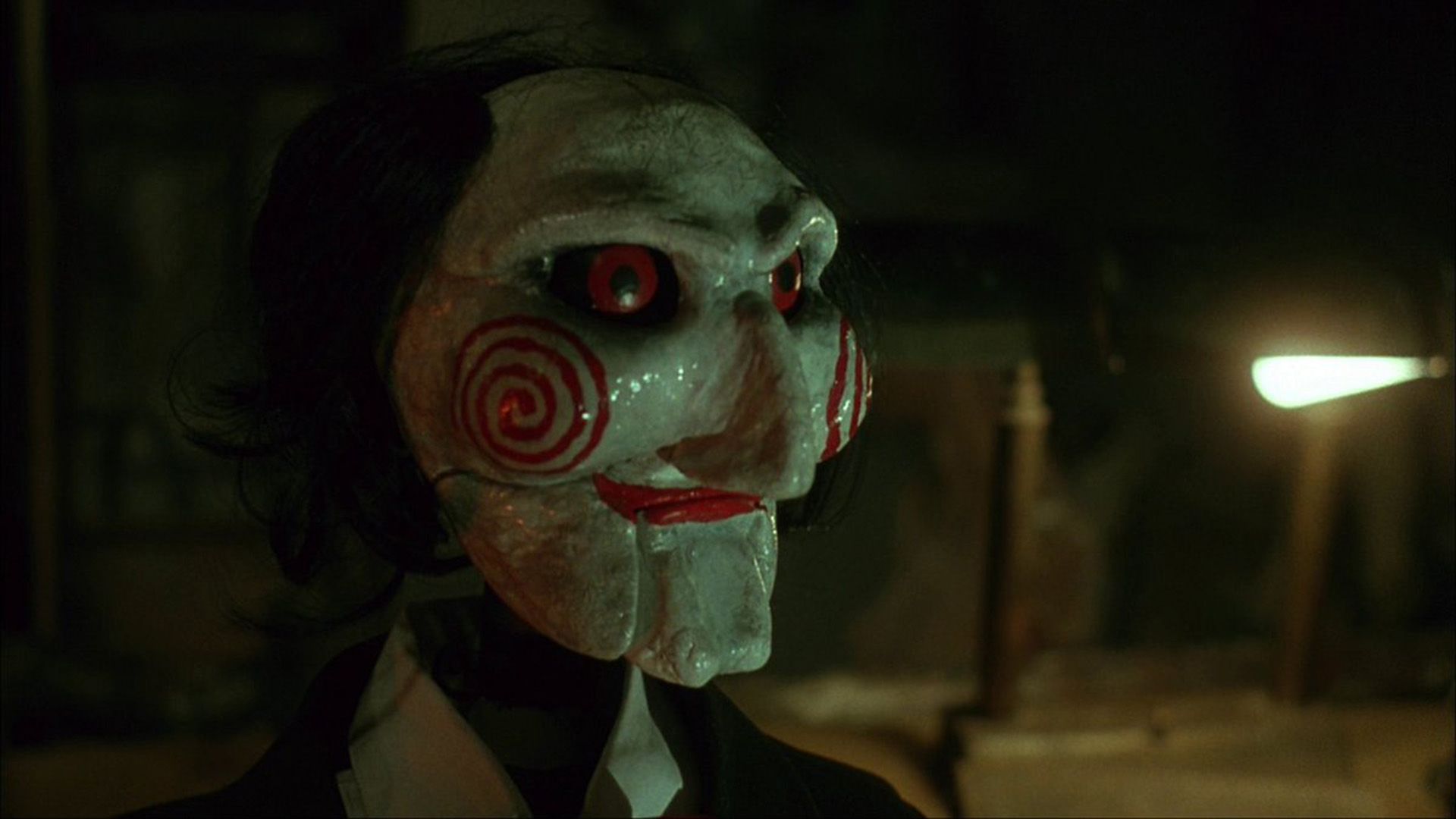
Source:
imdb.com
Fast shooting is always a risk: creators don't have room for detailed elaboration, which can lead to a raw result. Only a few such films become masterpieces — most are forgotten or flop at the box office. This happened, for example, with the action movie "Cowboys vs. Dinosaurs" (2015). But there are reverse cases: accelerated shooting sometimes only enhances the dynamics and emotional sincerity of a film.
Which of these films surprised you the most? Do you think the speed of filming affects the quality of a movie? Share your thoughts in the comments!
